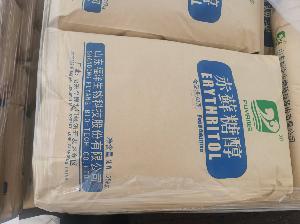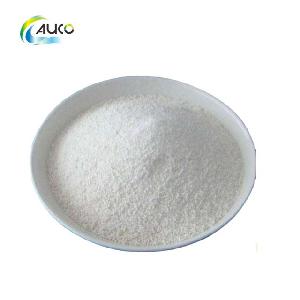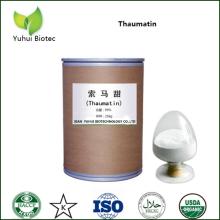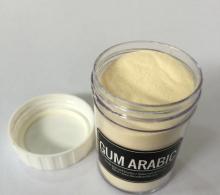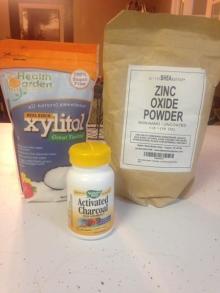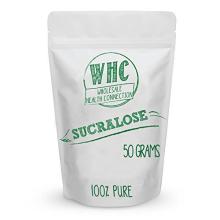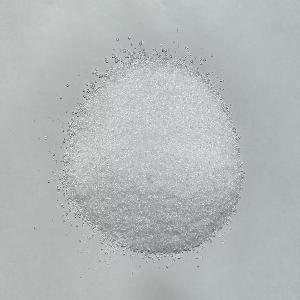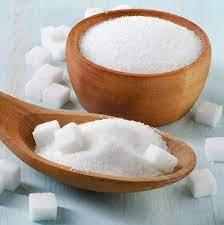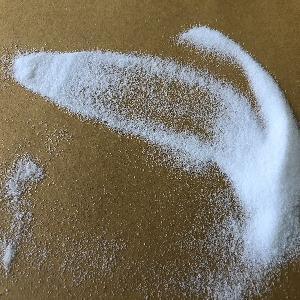Product Description
Polydextrose
CAS No: 68424-04-4
Molecular formula: (C6H10O5)n
Polydextrose is a low calorie, sugar free, low glycaemic, speciality carbohydrate that is prebiotic and widely recognised as dietary fibre. It offers a range of physiological and functional benefits.
Polydextrose Health Benefits:
Polydextrose is a low calorie, sugar free, low glycaemic, speciality carbohydrate that is prebiotic and widely recognised as fibre. It offers the below functional benefits.
1. Very Low Calories, 1 kcal/g, perfect ingredient for the formulation of reduced alorie food
2. Recognised as a dietary fibre in many major countries
3. Well-tolerated up to a mean dose of 90 grams/day with no adverse gastrointestinal effects
4. Replaces sugar, glucose syrups and fat while improving flavour, texture and mouth-feel in a variety of applications
5. Low glycaemic. 5-7 compared to glucose at 100. Suitable for consumers seeking low impact carbohydrates, including diabetics
6. Prebiotic: Stimulates Lactobacillus and Bifido bacteria. Sustained fermentation throughout the colon, acting as a Prebiotic for Digestive Health
7. Increasing Satiety with Less Calories, Controlling Weight
8. Neutral and bland taste allows for all foods and beverages formulations
9. Superior stability over a broad pH range and under a variety of processing and storage conditions
10. Highly soluble, allows preparation of syrups(80% w/w)
11. Aste masking properties help minimize off-notes caused by intense sweeteners, vitamins, minerals, soy and other supplements
12 Is not fermented in the mouth and has passed the human plaque pH telemetry test which the Swiss government uses to confirm that the product does not promote dental caries
13. In EU and Switzerland, Polydextrose can be formulated into products without the need for laxative warning statement
14. Good fluidity, multifunctions allows it for pharmaceuticals
Polydextrose Typical Applications:
(1). Confectionery
A combination of high water solubility and high viscosity means that Polydextrose can be used to make hard or chewy sweets which are sugar free yet are good to eat.
(2). Beverages
Polydextrose can improve mouth-feel by providing body without gumminess. It can be used for clarity and visual appeal in transparent beverages and is an ideal source for fibre beverages.
(3). Chocolate
Polydextrose can replace sucrose in chocolate yet provide a warm, creamy texture without a mouth-cooling effect or a scratchy after-taste.
(4). Frozen desserts
High viscosity and freezing point depression allow WINWAY® To replace sugar and fat and still give creamy, smooth and highly palatable desserts.
(5). Cultured Dairy Products
Even at low usage levels, Polydextrose gives yoghurts and soft cheeses thickness and viscosity without gumminess, contributing a pleasant body and creamy mouth-feel.
(6). Baked goods - sweet & savoury
As the excellent one of sweeteners, used to replace sugar and some of the fat, Polydextrose has humectant properties and controls water activity which maintain - and even improve - the shelf life of baked products.
(7). Nutrition bars
Polydextrose is widely used to improve the nutritional profile of nutrition bars, such as reducing the sugar, fat and caloric content and lowering the product's glycogenic load.
(8). Fruit spreads & fillings
High water solubility and viscosity mean that Polydextrose can be used to replace sugar and build solids in fruit spreads and fillings.
(9). Being used directly
In Japan, Polydextrose is approved as food directly. Also in many other countries including China it is made into liquid with some or without any other ingredients such as Vitamin C, or put into liquid food owing to its safe use for human body.
(10). Pharmaceutical
Especially Polydextrose used in health care products in view of its multiple benefits such as tablet, covering and powder drink and so on.
| Taste |
Bland |
Clean |
Very Clean |
| Flavor |
Neutral |
Neutral |
Slightly sweet |
| Color |
Cream |
Cream/white* |
White |
Solubility
(g/100g@20oC) |
80 |
80 |
80 |
pH Range
(10% Solution) |
3.0-4.5 |
3.5-6.0 |
4.5-6.0 |
| Maillard Reaction |
Yes |
Yes |
No |


